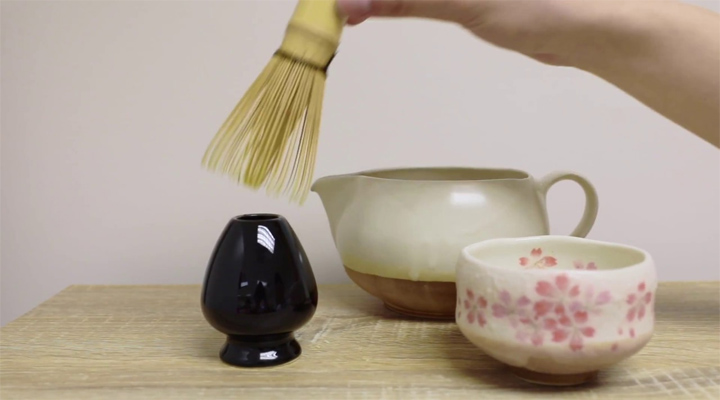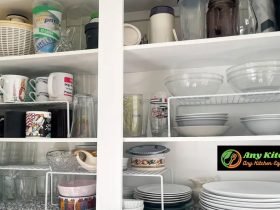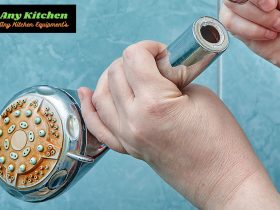If you’re a fan of matcha, the vibrant green powdered tea known for its unique flavor and health benefits, you may have heard about the importance of using a matcha whisk. This traditional utensil, also known as a chasen, is an essential tool for preparing a delicious and frothy bowl of matcha tea. Whether you’re a newcomer to the world of matcha or an experienced enthusiast looking to perfect your whisking technique, this guide will walk you through the steps of using a matcha whisk to achieve the perfect cup of this invigorating beverage.
In this article, How to use matcha whisk, we will explore the history and significance of the matcha whisk, understand its components, and learn how to effectively wield this remarkable tool. We’ll delve into the various types of matcha whisks available and guide you on how to properly care for and store your chosen to ensure its longevity. By the end, you’ll be equipped with the knowledge and skills necessary to elevate your matcha preparation and enjoy a delightful, frothy cup of this cherished tea.
So, if you’re ready to embark on a journey into the world of matcha whisking, let’s dive in and discover the secrets to creating a perfectly whisked bowl of matcha that will awaken your senses and leave you feeling refreshed and energized.
What is a matcha whisk?
A matcha whisk, also known as a chasen, is a traditional Japanese utensil specifically designed for preparing matcha, a powdered green tea. It is an essential tool used to whisk and froth powdered tea, resulting in a smooth, creamy texture and a vibrant green color.
A matcha whisk typically consists of numerous fine bamboo tines, which are intricately crafted into a rounded shape. The tines are carefully split from a single piece of bamboo and attached to a handle, allowing for easy grip and maneuverability. The number of tines can vary, but most matcha whisks have around 80 to 100 tines.
The purpose of the matcha whisk is to incorporate air into the tea while breaking up any clumps and creating a frothy consistency. This whisking technique is crucial to achieving the desired flavor profile and texture of matcha. The unique design of the whisk helps to efficiently blend the matcha powder with water, resulting in a smooth and velvety drink.
Matcha whisks are highly regarded for their craftsmanship and are often handmade by skilled artisans. They are crafted with precision and care to ensure durability and optimal whisking performance. Proper care and maintenance are essential to prolong the lifespan of a matcha whisk, as it is a delicate tool that should be handled with caution.
Matcha whisk cleaning

Cleaning your matcha whisk, also known as a chain, is essential to maintain its performance and hygiene. Proper cleaning removes any residual matcha powder and prevents the growth of mold or bacteria. Here are some guidelines to help you clean your matcha whisk effectively:
Rinse immediately: After each use, rinse the matcha whisk under warm water. Hold it by the handle and gently rotate it while the water flows over the tines. This rinses away any remaining matcha powder.
Avoid using soap: Generally, it is not necessary to use soap or detergent to clean your matcha whisk. The natural bamboo material can absorb soap residue, which may alter the taste of your matcha. However, if you feel the need to use soap, make sure to rinse the whisk thoroughly to remove any residue.
Shake off excess water: After rinsing, gently shake the matcha whisk to remove excess water. Hold it by the handle and lightly flick your wrist to shake off the water droplets. Avoid excessive force or bending the tines, as they are delicate and can break.
Air dry properly: Place the matcha whisk on a chasen holder or stand with the tines facing down to allow it to air dry completely. This helps to prevent moisture accumulation and maintain the shape of the tines.
Store carefully: Once the matcha whisk is completely dry, store it in a clean and dry place. Avoid storing it in an airtight container or wrapping it in plastic, as this can promote the growth of mold.
By following these cleaning tips, you can ensure that your matcha whisk remains in good condition, allowing you to enjoy perfectly whisked matcha tea every time.
How To Best Use A Matcha Whisk
To achieve the best results when using a matcha whisk, there are a few key tips. First, ensure that the matcha powder is sifted beforehand to remove any clumps and ensure a smooth texture in the final tea. This step contributes to a more enjoyable drinking experience.
Before whisking, it is recommended to moisten the matcha whisk by dipping it in warm water. This helps to soften the delicate bamboo tines, preventing damage during whisking and ensuring better frothing.
When adding matcha powder and hot water to the bowl, it is essential to find the right balance. Gradually adding hot water to the powdered tea and whisking it into a paste-like consistency is recommended. This allows for better incorporation of the matcha powder and helps to prevent clumps in the final beverage.
During the whisking process, it is important to use a steady and brisk “W” or zigzag motion, moving from the bottom of the bowl to the surface. This motion helps to create a frothy and creamy consistency while incorporating air into the tea. Consistency and rhythm in whisking are key to achieving the desired texture and flavor.
How to dry a Matcha Whisk?
It’s time to learn how to dry the bamboo whisk now that we’ve covered how to wash a matcha whisk.
Matcha will essentially dry on its own after being whisked; the proper conditions must be present. Make sure it has breathing space (don’t put it in a container or zipped bag) and store it somewhere dry. After cleaning, you can wipe it with a dry cloth or paper towel, but be careful not to press too hard on the bristles.
History of the Matcha Whisk
As far back as 600 years ago, during the Muromachi period, the bamboo matcha whisk was carved in the same manner as it is now. The tea ceremony was once restricted to Japan’s elite societies and was out of reach for the majority of the populace.
Murata Juko, a guy who sought to alter that, proposed the Wabi-cha, or easy tea ceremony, principles. He had to commission the creation of a bamboo matcha whisk that could be used by anyone in Japan as part of this purported “tea ceremony for the people.” The outcome was the bamboo matcha whisk that is so popular today.
Related Post:
How to unclog a kitchen sink with standing water
How to Paint Kitchen Cabinets Like a Pro in 9 Simple Steps
How To Cook Eggs For High Blood Pressure
How to can green beans without a pressure cooker
Frequently Asked Questions
Do you have to soak a matcha whisk?
Yes, it is recommended to soak a matcha whisk in warm water before use. This helps to soften the bamboo tines, making them more pliable and reducing the risk of damage during whisking. Soaking the whisk also helps to improve its performance in creating a frothy and smooth cup of matcha tea.
How long should you whisk your matcha?
The duration of whisking matcha can vary, but a general guideline is to whisk it for about 15 to 20 seconds. The aim is to achieve a smooth and frothy consistency. However, it’s important to focus on the desired texture rather than the exact time, adjusting the whisking duration to achieve your preferred level of frothiness.
How important is matcha whisk?
The matcha whisk, or chasen, is highly important for achieving the optimal texture and flavor of matcha tea. It helps to break up clumps, create a frothy consistency, and incorporate air into the tea, resulting in a smoother and more enjoyable drinking experience. Using a matcha whisk enhances the overall authenticity and quality of matcha preparation.









Leave a Reply